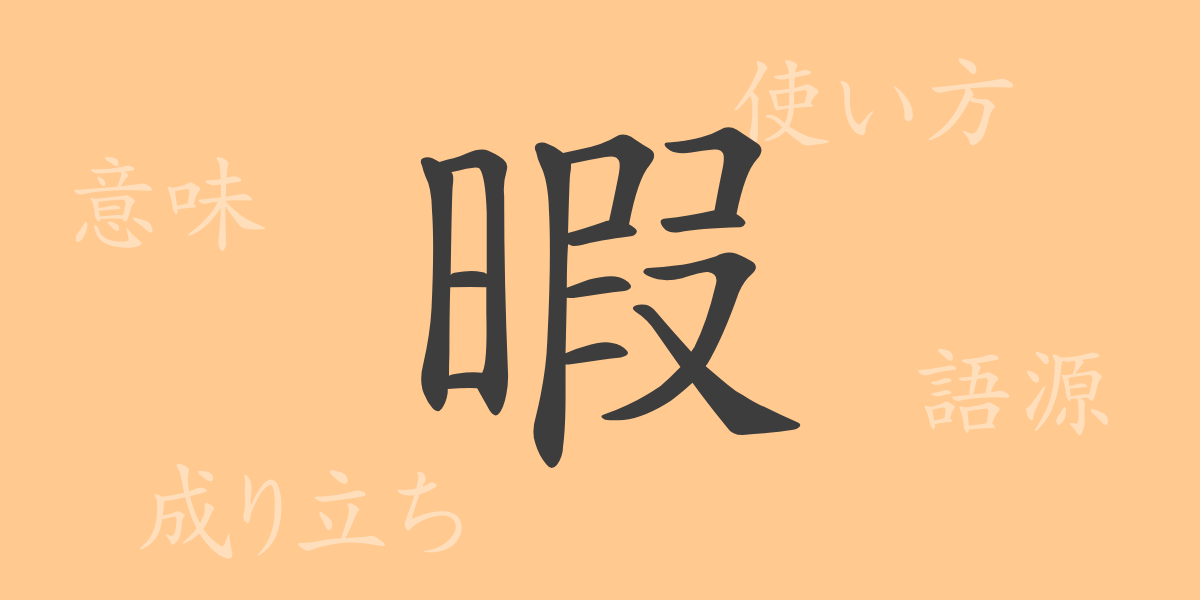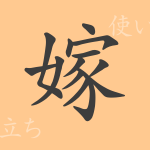The term “idle” (暇)(Hima), frequently used in daily life, is deeply rooted in our lives. However, behind its simple appearance lies a long history and culture. In this article, we will unravel the rich story behind the kanji “idle” (暇)(Hima), exploring its etymology, meanings, usage, and its role in Japanese culture.
The Origin of Idle (Etymology)
The kanji “idle” (暇)(Hima) originated from ancient China and has been used to denote time or leisure. Tracing its etymology, it represents the time when “day” (日)(Hi) illuminates “leisure” (閑), that is, the time when the day is idle. With the introduction of kanji culture into Japan, the character took on even more diverse meanings with Japan’s unique interpretations.
Meaning and Usage of Idle
“Idle” (暇)(Hima) mainly refers to having spare time or free time. In Japan, it is also used to indicate when work has settled down or when one is released from certain obligations. Moreover, the phrase “to give idle” (暇を出す)(Hima-wo-da-su) is used to mean resigning from a job. Thus, “idle” (暇)(Hima) is a multifaceted kanji that is used not only to indicate temporal leisure but also in a social context.
Pronunciation, Stroke Count, and Radical of Idle
When learning the kanji “idle” (暇)(Hima), its pronunciation and components are also essential.
- Pronunciation: In On’yomi it is read as “ka”, and in Kun’yomi as “hima”.
- Stroke Count: It has a total of 13 strokes.
- Radical: The radical is “day” (日)(Hi).
Idioms, Phrases, and Proverbs Using Idle and Their Meanings
There are numerous idioms, phrases, and proverbs in the Japanese language that include “idle” (暇)(Hima). For example, “killing time” (暇つぶし)(Hima-tubusi) refers to actions taken to avoid wasting time, and “begging for idle” (暇乞い) (Himago-i)expresses the desire to be freed from work. The proverb “too much idle is not enough” (暇が多いに足らず) (Hima-ga-oo-ini-ta-razu)means that it is more troublesome to have too much idle time than to be busy. These expressions strongly reflect the nuances of “idle” (暇)(Hima).
Summary of Idle
The kanji “idle” (暇)(Hima) goes beyond mere spare time and is deeply involved in our lives and culture. With just one usage, it enables rich expressions and lets us feel the depth of the Japanese language. Through this article, we hope to have helped deepen your understanding of the rich history and meanings of “idle” (暇)(Hima), as well as its usage.

























